Embarking on my life in the United States more than a decade ago, I found myself navigating a sauna culture that stood in stark contrast to my German roots. In Germany, I was most used to the Finnish-style sauna a familiar retreat, often situated within expansive complexes featuring various saunas, steam rooms, hot tubs, pools, and serene relaxation areas surrounded by gardens and dining spots. Nudity is strictly enforced in public saunas, as is the covering of benches with towels. Sometimes separate single-sex saunas for both genders are available, but many places just offer mixed-gender saunas or organize women-only days—rarely men-only days. Please review my blog post on German Day Spas for more insights, but here are some images of the typical sauna experiences to give you an idea.
The transition to the more casual sauna culture of the US and Canada was a fundamental shift. Coming from a background of stringent rules, the freedom in North American saunas, with minimal regulations, initially perplexed me. Witnessing bathers enter and exit saunas at their discretion—even fully clothed in workout attire including sneakers, which is considered unhygienic where I come from—was a departure from the norm I grew up with. Adapting to this cultural contrast took time, a journey from annoyance to understanding that sauna culture plays a different role in people’s lives here.
In the vibrant cultural mosaic of New York City, where I landed, my search for outstanding facilities and a fulfilling sauna experience encountered several setbacks. Despite the city’s diverse offerings, finding a familiar and gratifying sauna experience proved to be a challenge. I suppose my expectations and standards were set exceptionally high, leading to a series of disappointments as I explored different facilities. But amid these trials, Korean Day Spas emerged as an unexpected sanctuary. Emerging from a vastly different culture, these spas offered a sauna experience reminiscent of what I knew, complete with diverse sauna types, inviting hot tubs, and delightful culinary offerings. In this post, I will introduce the essence of Korean Day Spas and pinpoint unique gems among the Health Spas and Healing Centers that have captured my attention. Join me as I uncover some hidden gems that I suggest in some metro areas along the West Coast.
Disclaimer: Articles and posts containing medical, financial, or legal content are not to be taken as professional advice or recommendations. All information is provided for general informational purposes only. Accordingly, before taking any actions, and in the event of concerns or conditions regarding such topics, we encourage you to seek consultation with the appropriate professionals (such as doctors, accountants, or lawyers).
Important Considerations
Before using spa and sauna facilities, always keep these key considerations in mind:
Stay Hydrated: Drink plenty of water before and after sauna sessions to stay hydrated.
Listen to Your Body: If you feel dizzy, lightheaded, or uncomfortable, exit the sauna immediately.
Healthcare Consultation: Individuals with pre-existing conditions, pregnant women, and those with cardiovascular issues should consult a professional before visiting spa and sauna facilities.
A Guide to the Delights of a Korean Day Spa in 10 Steps
The Korean day spas also known as Jjimjilbangs, are popular wellness and relaxation destinations that offer a unique and immersive experience. Korean spas have gained popularity in the United States, providing a blend of traditional Korean bathing culture and modern spa amenities.
Jjimjilbangs (Korean pronunciation: [t͈ɕimdʑilbaŋ]) are bathhouses in South Korea which gained popularity in the 1990s.
- Before you go, Arrival and Registration: When you plan a visit to a Korean spa, I suggest taking a moment to review their website for essential information. Check for details on booking services, cancellation policies, prices, inclusions, and specific spa etiquette. In case you have lingering questions, I recommend giving them a call to ensure you have all the necessary information before your visit.
Upon your arrival at the Korean Spa, proceed to the front desk for check-in. Staff will assist in registering you for your booked services and provide a locker key along with a spa uniform or bathrobe. For hygiene purposes, store your shoes in a designated mini locker located in the lobby. You’ll be spending the day barefoot from this point onward. Next, make your way to the locker room and either change into your spa uniform or bathrobe provided to check out the Korean hot rooms and lounge areas or opt to undress completely and immerse yourself in the hot baths with hydrotherapy pools, dry sauna, steam room, and scrub service area.
WAIT What? NAKED?
Yes, that’s right! No bathing suits or any clothing is permitted in the baths, not even flip flops or slides. While it may initially provoke some anxiety, I believe it to be a profoundly affirming and body-positive experience. Being surrounded by bodies of all shapes and sizes in a completely natural way, free from sexualization, is liberating and indeed more comfortable than being stuck in a wet swimsuit for hours. Importantly, it’s worth noting that no one else in the female section is concerned or paying attention! This part was easy for me at least and is also true for the German Spas.
- Preparation for your Bathing Experience: To begin, it’s essential to take a shower before utilizing any of the facilities. Complimentary body wash, shampoo, and conditioner are provided, so make sure to freshen up before entering the baths. Hygiene and cleanliness are paramount in Korean spa culture. The baths offer varying temperatures, with the recommended practice being to move from the hottest to the coldest for their purported skin-tightening benefits. Most of the time is spent sitting, floating around, and engaging in conversations with friends. If you’ve booked a scrub, ensure a soak of at least 20 minutes. A spa attendant, typically a Korean auntie dressed in black bras and undies, will locate you when it’s time for your scrub.
- Gender-Segregated Facilities vs Women-only Facilities: Korean Day Spas typically have gender-segregated areas, where guests are required to disrobe, and communal baths, saunas, and relaxation rooms, where you wear provided uniforms or bathrobes.
In the case of women-only facilities, the emphasis is typically on creating a serene environment. However, in family and co-ed facilities in the US, one might come across entertainment rooms with large-screen TVs, exercise areas, and PC bangs (computer stations). In South Korea, additional surprises may include noraebangs (singing venues, similar to Japanese Karaoke boxes) and other—for Western culture unexpected—amenities. - Mineral Pools and Baths: This section boasts a variety of mineral pools with distinct temperatures, each believed to impart specific health benefits. Standard components encompass hot tubs, cold plunge pools, and herbal baths.
- Saunas and Steam Rooms: Within the pool or wet area, you are also likely to encounter a conventional dry sauna and steam room.
- Korean Hot Rooms outside the Pool Area: Jjimjilbangs are known for their diverse saunas and steam rooms. Each sauna may have unique features, such as infrared heat, salt rooms, or rooms infused with medicinal herbs. In this area, you will wear the provided bathrobe or uniform.
- Exfoliation and Scrubs: Many Korean Day Spas offer traditional Korean body scrubs called seshin. Experienced staff use exfoliating mitts to scrub away dead skin cells, leaving the skin feeling smooth and rejuvenated. Following this, many establishments offer an additional service of Body Moisturizing, creating a delightful and healthful experience for the skin.
- Resting Areas: Relaxation spaces are an integral part of the experience. Jjimjilbangs often have common lounging areas with heated floors, where guests can rest, socialize, and even take a nap.

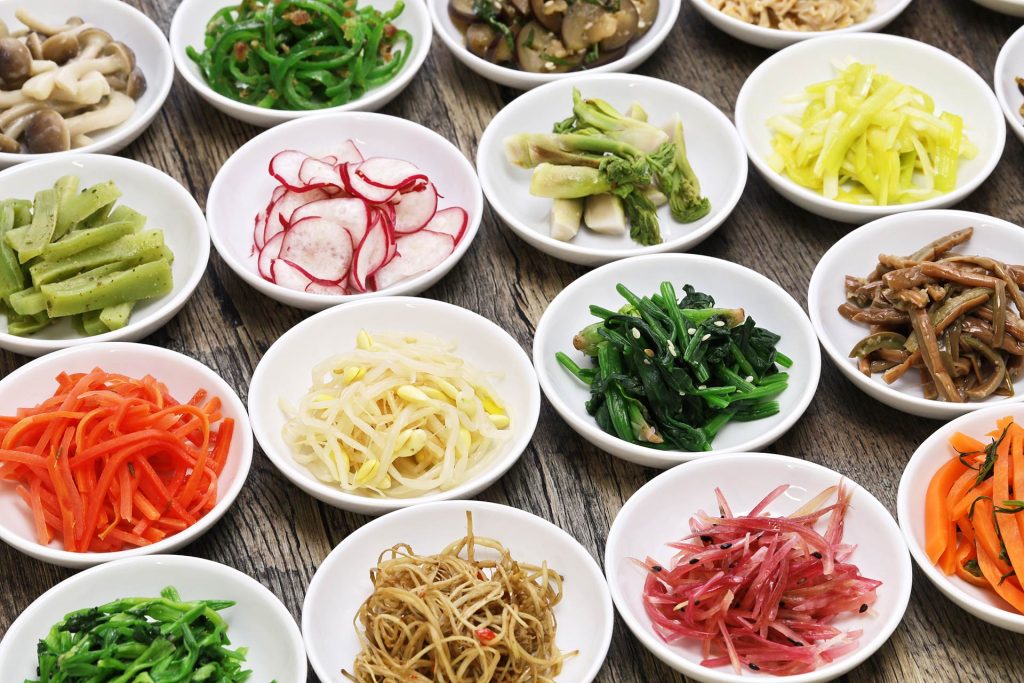

- Cafes and Food Options: Korean Day Spas frequently have on-site cafes or restaurants that serve Korean cuisine. Guests can enjoy a variety of dishes, including bibimbap, dumplings, and traditional teas.
- Optional Additional Services: Some spas offer additional services like massages, facials, nails, and beauty treatments for an extra fee.
How To Fold the Korean Lamb Head Towel |
Jjiljimbang | Yang mori (양머리)
The yang mori, or sheep’s head towel, is used in Korean spas to wrap around the head while taking a sauna or steam bath. It helps to absorb sweat and protects the head from the heat.
I just find it very cute…
Mapping Out the Best Spots for a Korean Spa Bliss
Korean Day Spas can be found in various cities across the United States, especially in areas with a significant Korean or Korean-American population. They are often situated in urban areas and major metropolitan areas. Popular cities with Korean Day Spas include locations in the Seattle metro area—like Lynnwood and Federal Way, Japantown in San Francisco, and the areas near Koreatown in Los Angeles, Orange County, the greater New York City area—mostly in Koreatown in Manhattan, Flushing in Queens and New Jersey, Atlanta, and Chicago.
When looking for a Korean Day Spa, you can search online with the search term “Korean Day Spa and Sauna” or ask for recommendations from local communities. Visiting a Korean Day Spa is not only about physical relaxation but also offers a cultural experience and a holistic approach to well-being. It’s important to familiarize yourself with the spa’s rules and etiquette to ensure a comfortable and enjoyable visit.
Seattle Metro Area (Lynnwood & Tacoma)
Olympus Korean Spa 🔗
Residing in the northern parts of Seattle, this spa has become my regular retreat, especially to respite from the winter chill. My relaxation routine typically involves a series of sessions in the sauna and hydrotherapy wet area upon arrival, followed by indulging in a steaming bowl of Oh-Jing-Oh Dolsot Bibimbap (spicy squid in a hot stone bowl). I then take a rejuvenating nap in the Korean hot rooms before concluding my spa visit with additional rounds in the dry sauna, steam room, and hot tubs. Occasionally, on special occasions or when I desire an extra treat, I allocate additional time and funds for a Korean body scrub and moisturizing session.
Well-known among spa enthusiasts in the area, Olympus distinguishes itself as a traditional Korean spa exclusively for women. They also have facilities in Lakewood near Tacoma, which I heard is just as popular. For those seeking co-ed experiences, the nearby Q Sauna and Spa provides a suitable alternative.
The spa’s adherence to the “spa voices” policy cultivates an atmosphere of serenity, with the only audible sounds being the gentle flow of water and subdued conversations. Electronics are prohibited throughout the entire spa, so consider bringing a book to enhance your experience. The no-shirt, no-shoes, no-service rule doesn’t apply in the restaurant, and I recommend bringing non-slip socks and a hoodie to layer over your bathrobe for added warmth and comfort. Also, consider packing a “plastic” water bottle to stay hydrated with water from the water dispenser or buy freshly fruit-infused water at the restaurant. When I opt out of the services, I typically bring a body scrub for a little skin treatment I do myself.
A day pass at Olympus Spa is priced at $53, offering full-day access to the spa, with additional charges for services and gratuity. On your birthday (bring ID for proof) you get 50% off your spa entrance, which I find a nice incentive, and every eleventh visit is free for returning customers. Operating hours are from 8:30 AM to 9 PM, Monday to Thursday, and extended until 11 PM on Fridays and Saturdays. The spa is closed on Sundays. Booking spa services is advisable, with a recommended two-week advance notice and three weeks for weekends.
Q Sauna & Spa 🔗
Q Sauna & Spa, also located in Lynnwood just north of Seattle, offers the largest traditional Korean-inspired women’s and men’s sauna amenities in the great Northwest and has become my go-to spot, especially when hosting friends (a mixed-gender group) and aiming to partake in an enjoyable spa adventure together. Many of my German friends while knowing the traditional German spas have no experience with Korean facilities, so this is a fun cultural event for me to share and it adds to my friend’s overall travel experience in the United States. The facility boasts expansive hot tubs in the separated wet areas, and its dry sauna stands out as my personal favorite among day spas in the region. Moreover, the entrance fees and services are slightly more affordable compared to Olympus Spa. The sauna & spa admission fee is a reasonable $48, with scrubs starting at $95 and a discounted $20 for the spa entrance.
What sets this place apart is the inviting co-ed relaxation areas and rooms, creating a relaxing atmosphere for unwinding and hanging out together. The on-site restaurant is a delightful bonus, serving up delicious Korean dishes and tempting desserts.
Other West Coast Day Spas
For the subsequent locations, find only some key information provided. I have kept the descriptions short because it has either been a while since my last visit or I have not visited them yet, and rely on research from past travel planning. It’s worth noting that many Korean spas also tend to offer similar amenities and services, so I don’t want to repeat myself in each listing.
Nevertheless, I’ve compiled a list of additional West Coast locations in California, apart from my Pacific Northwest locale, because friends often inquire about places, I’ve either visited or researched in the past. Interestingly, there are not many Korean Day Spas that I’m aware of in Portland or the broader Oregon region, which is somewhat surprising. If you’re aware of any Korean Spas in the Beaver State, please share the details.
To gain further insights into other people’s experiences, I recommend checking online reviews and other blog articles before deciding to visit the facilities listed next.
San Francisco
Pearl Spa & Sauna 🔗
Pearl Sauna & Spa is a Korean-style, women-only spa in the middle of Japantown, with upscale touches like marble tiles, artistic hanging lighting in the entryway, and gold accents on the walls and furniture. They have different saunas, baths, and relaxation areas. Additionally, they provide body scrubs and massages. Services start at $110 for 45 min. All booked services include two hours of total access to the amenities, so you can enjoy the steam room, dry sauna, hot tub, cold tub, and showers or take a quick nap in the resting area.
Kabuki Springs 🔗
Also located in Japantown on the same street as Peral Spa & Sauna is a day spa that offers familiar & Asian treatments, plus Japanese-style communal baths. Please be aware that they have All Gender Tuesday (bathing suits are required), Men-only access on Thursdays, and Saturdays, and Women-only access on Sundays, Wednesdays, and Fridays. Closed on Mondays. The Daily Fee is $45 or $20 to add to any Service.
Los Angeles
Wi Spa 🔗
I went to the Wi Spa a few years ago and enjoyed it a lot, although it was a very different experience in comparison to my cozy local spa. The expansive facility, reminiscent of Spa Palace in Flushing, New York, which I’ve always considered the Disney World of Korean Spas, left a lasting impression. Boasting saunas, hot tubs, entertaining and relaxation areas, Wi Spa is a 24-hour haven with co-ed facilities offering unique features like a full-service restaurant, fitness room, open-air terrace, and a kids zone, earning it the title of “Best Family Fun Spa – Los Angeles 2010”—drawing a parallel to the entertainment of family theme parks. Wi Spa redefines the concept of a “day spa” across four distinct areas: Women’s floor, Men’s floor, The Family-Friendly Jjimjilbangs, and a rooftop terrace.
Reservations, preferably made 24 hours in advance, are essential. For same-day reservations, calling is advisable. With an admission fee of $30 for services under $160, it’s important to note that not all services are available at all times.
Olympic Spa 🔗
Olympic Spa is another typical and popular Korean spa that has been serving the community for years. I have not been here before, but it does get some great reviews online and it offers also a variety of saunas, hot baths, and relaxation spaces. I will try to visit this spa next time I visit.
With the reopening in 2021 they no longer offer bathing admission only and you have to purchase a treatment with your visit. They have member- and non-member prices that start at about $100 and a 20% gratuity for your therapist will be automatically applied. You should arrive early to be able to relax, familiarize yourself with the facilities, and experience their bathing ritual before your booked appointment.
Orange County
Located near Los Angeles, Orange County, California, boasts a sizable Korean community and hosts numerous Korean day spas. Although I haven’t personally visited the region yet, I aspire to explore places like Irvine in the future. Considering this, I’ve included it in the list. While there are other facilities in nearby areas such as Garden Grove, I’m uncertain about their suitability as recommendations. However, the spa in Irvine appears to be a promising choice.
Irvine Spa 🔗
The Korean Day Spa in Irvine presents an enticing ambiance with expansive facilities, offering a diverse selection of saunas, baths, and relaxation areas. Priced at $35 for up to 6 hours, their day admission grants access to a family-oriented community bath, complete with separate gender areas and communal spaces.

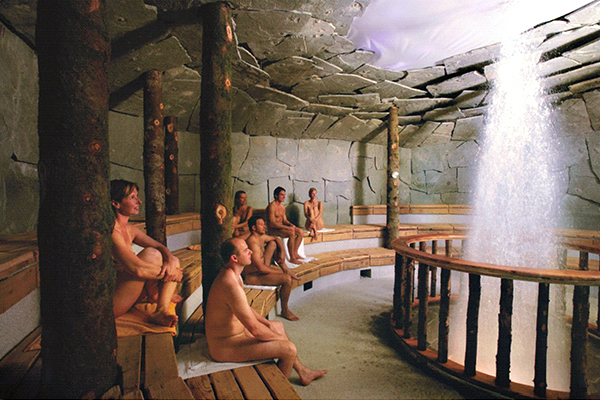
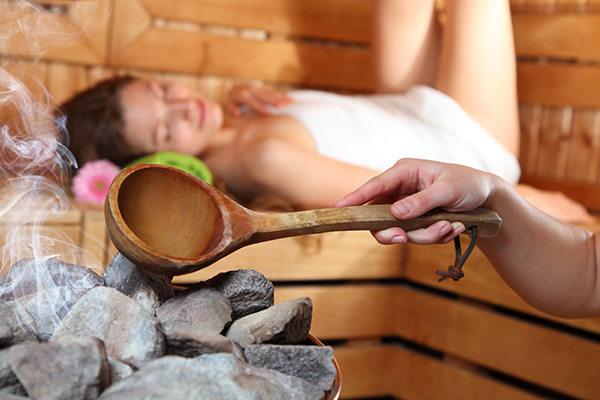
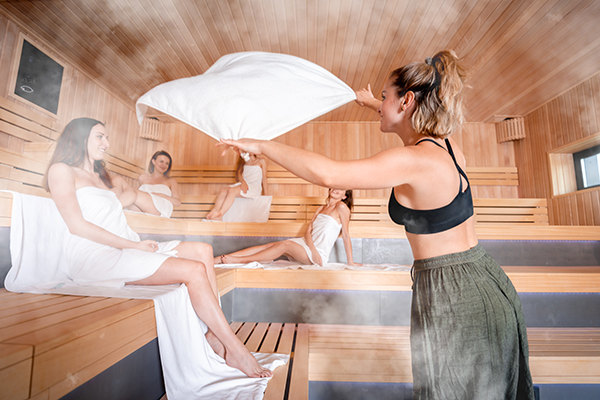
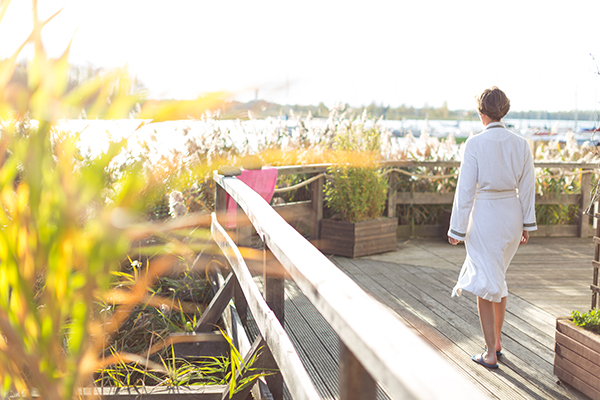
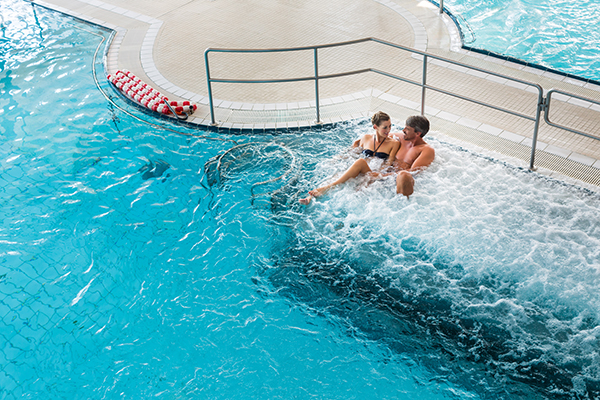
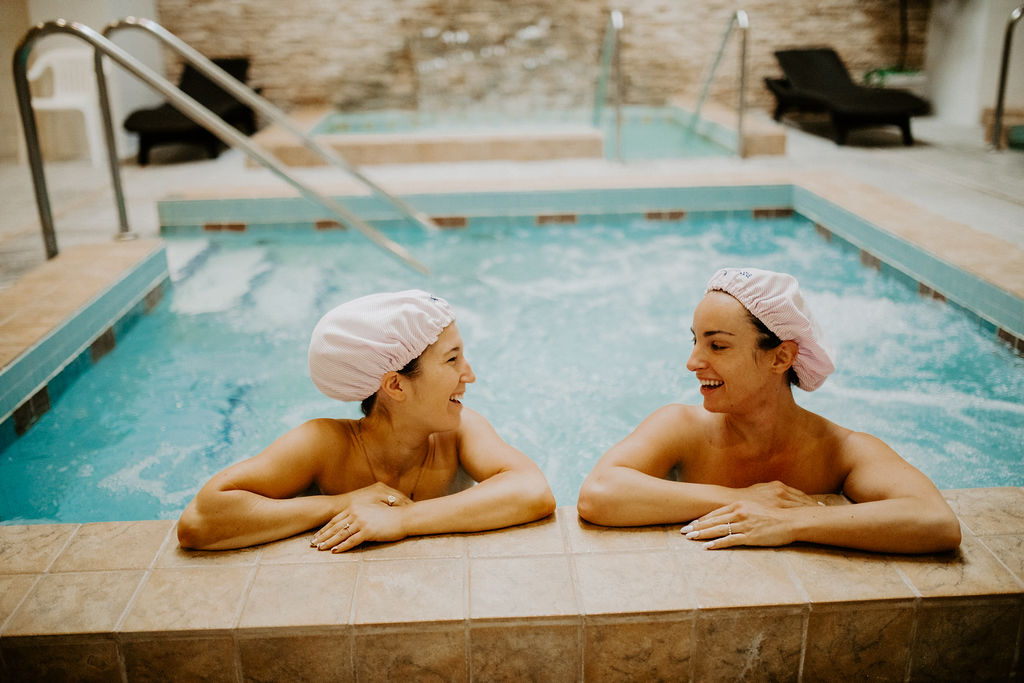

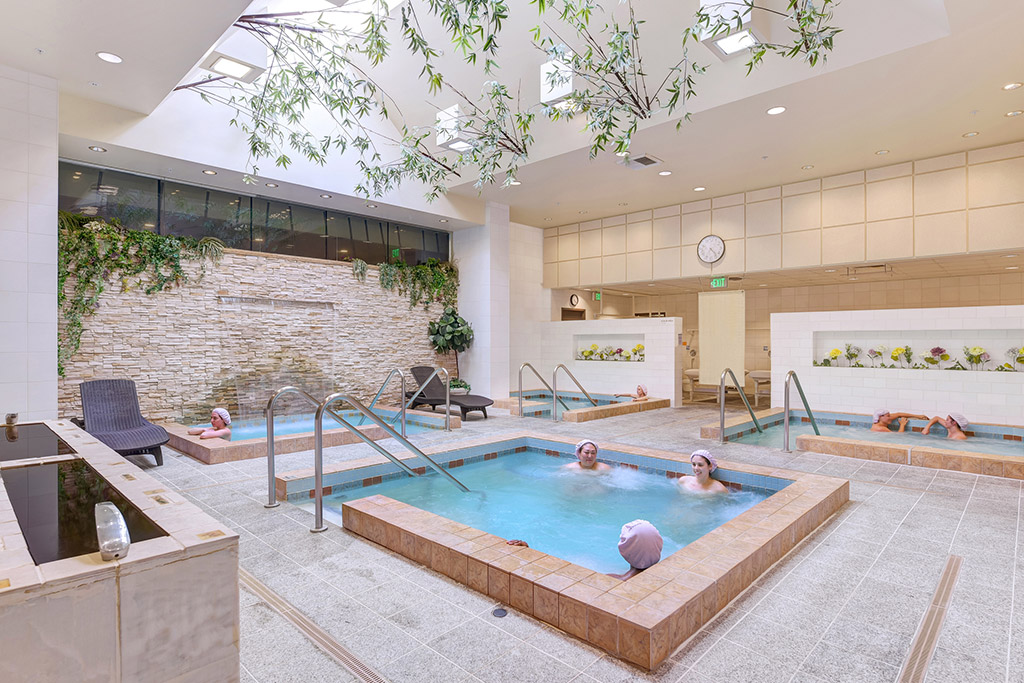

One Comment